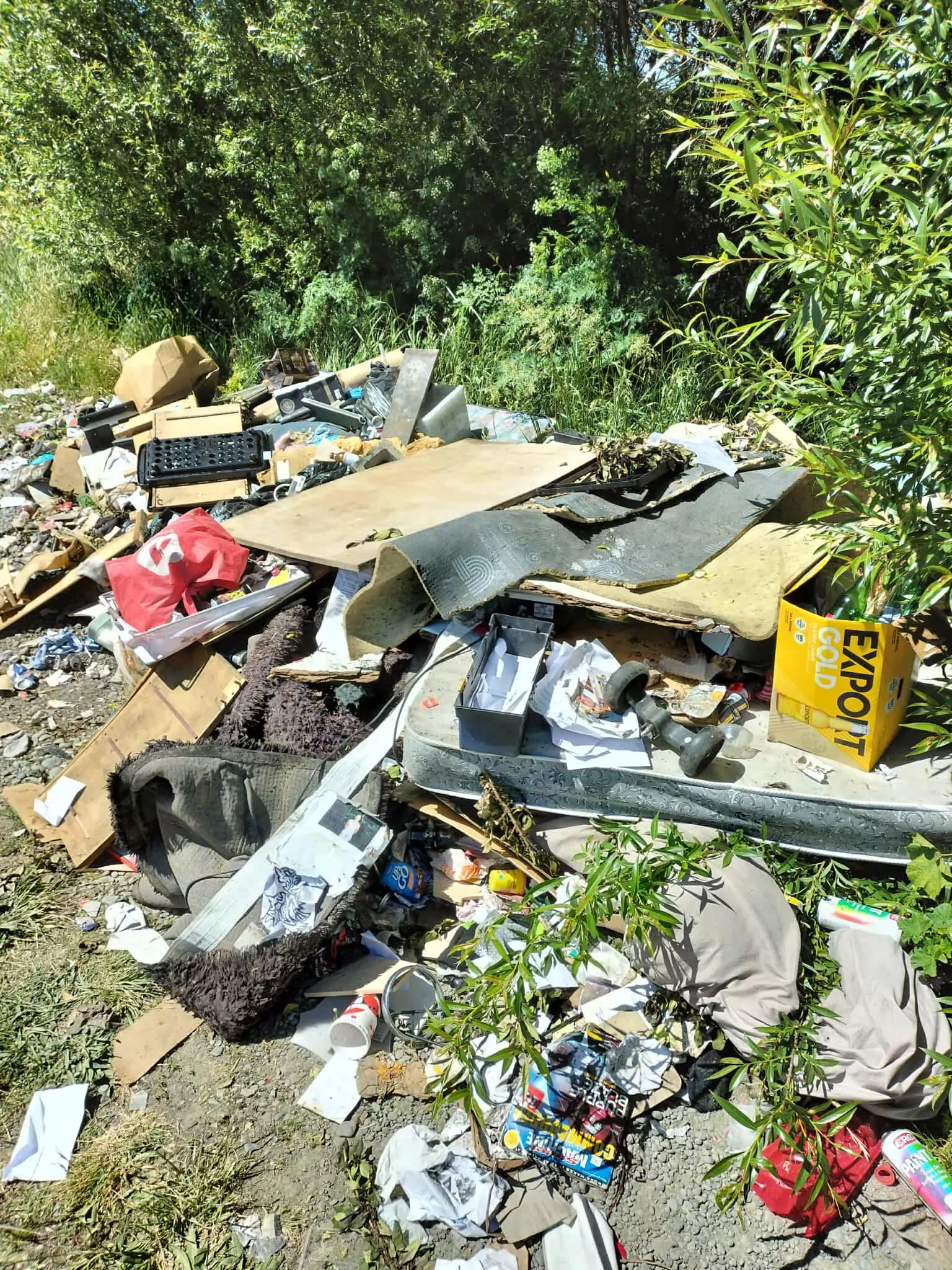The Government announced what it described as the biggest change to the building consent system since the Building Act came into force in 2004.
Building and Construction Minister Chris Penk said the building sector had the potential to be an economic powerhouse, yet productivity had stalled since 1985 despite major advances in building methods and technology.
“New Zealand’s sluggish consenting system is delaying projects and driving up costs, making the average standalone house here 50 percent more expensive to build than in Australia,” Penk said.
“We must eliminate system blockages to speed up the delivery of new homes and infrastructure. Today, we are announcing plans to ease the cost burden on ratepayers for defective building work. Right now, councils are hesitant to sign off on building consents and inspections because they could be held liable for all defects, leaving ratepayers to foot the bill. This often happens when one of the parties responsible cannot pay for repairs, for example, if a business goes bust.
“Currently, building owners can claim full compensation from any responsible party – and it’s often councils, with the deepest pockets and no option to walk away, that end up paying out. The risk-aversion this creates leads to frustrating delays and extra cost for builders and homeowners.”

Building and Construction Minister Chris Penk (2025 / Facebook)
Penk referred to a 2015 case in Queenstown to illustrate the scale of the issue. “In 2015, the Oaks Shores body corporate filed a $160 million claim for weathertight defects. The developer had been placed into voluntary liquidation and was not sued, leaving ratepayers exposed to the entire claim. If the case hadn’t been settled privately, ratepayers could have faced rates increases of $300 a year for 30 years.”
“It’s time to put the responsibility where it belongs. The Government will scrap the current framework, known as joint and several liability, and replace it with proportionate liability. Under this new model, each party will only be responsible for the share of work they carried out.
“Building owners will be protected if things go wrong and we’re exploring options such as requiring professional indemnity insurance and home warranties, similar to arrangements in Australia.”
Penk said a second major change would allow councils to voluntarily consolidate their Building Consent Authorities functions with each other.
“It is ridiculous builders, designers and homeowners must navigate 66 different interpretations of the Building Code, because of the number of council BCAs across the country. Builders can be rejected on paperwork that would be accepted by a neighbouring authority simply because each BCA applies the rules differently.
“Many councils have asked for this and I expect they will seize the opportunity to consolidate, share resources like building inspectors and IT systems, and pass the savings on to ratepayers. Clearing blockages in the building consent system to make it easier and more affordable to build is an important part of this Government’s economic growth plan.”
He said industry leaders backed the changes. “We know the sector is behind us. New Zealand Certified Builders have said that this is the most significant change for the building industry in a generation, that it has been a long time coming and the change is welcomed by the industry.
“We are determined to get the building and construction sector firing on all cylinders, and that requires bold change. This Government is making that change.”
Building consent system reforms: questions and answers
Why are liability settings changing?
Right now, if something goes wrong, councils and their ratepayers can end up covering the entire cost of defective building work – even when someone else is responsible. This has made Building Consent Authorities (BCAs) more cautious when issuing consents and carrying out inspections, contributing to delays and higher costs.
How will homeowners be protected under the new system?
Cabinet is considering measures such as professional indemnity insurance and home warranty schemes, similar to those used in Australia. Examples already exist in New Zealand, including the Certified Builders’ Halo Guarantee and the Master Builders’ 10-Year Guarantee. The Government is also strengthening disciplinary and complaints processes to address cowboy builders.
Will the new liability system increase the cost of building a home?
Officials say shifting liability will reduce unfair costs for New Zealanders. At present, ratepayers often foot the bill when councils are forced to cover defective work. Warranty schemes typically cost about one percent of the total build price.
Could this lead to another leaky homes crisis?
The Government says no. The leaky homes saga stemmed from poor construction, flawed designs, and weak oversight. Since then, measures such as the Licensed Building Practitioner regime, stronger regulation, and mandatory warranties have improved quality. Australia has operated with proportionate liability since the 1990s.
Will councils be let off the hook?
No. Proportionate liability means councils will remain responsible for their own tasks, such as processing consents, inspections, and issuing Code Compliance Certificates. They will no longer be held accountable for the mistakes of others.
Why allow Building Consent Authorities to consolidate?
There are currently 66 BCAs across the country, each interpreting the Building Code differently. This can mean paperwork accepted in one region is rejected in another, creating inefficiency and higher costs.
If consolidation is voluntary, why would councils choose it?
Councils are already exploring shared services to save money. Consolidation would allow them to share inspectors and IT systems, and reduce costs for ratepayers. Auckland processes around 46 percent of consents each year, while most other councils handle fewer than 1,000. Smaller councils would benefit from economies of scale.
Will the reforms make consents faster and more affordable?
Yes. The Government says the reforms will reduce back-and-forth between councils and builders, lower costs by pooling resources, and provide more consistent rules. Greater consistency is expected to make the process simpler and less confusing.









